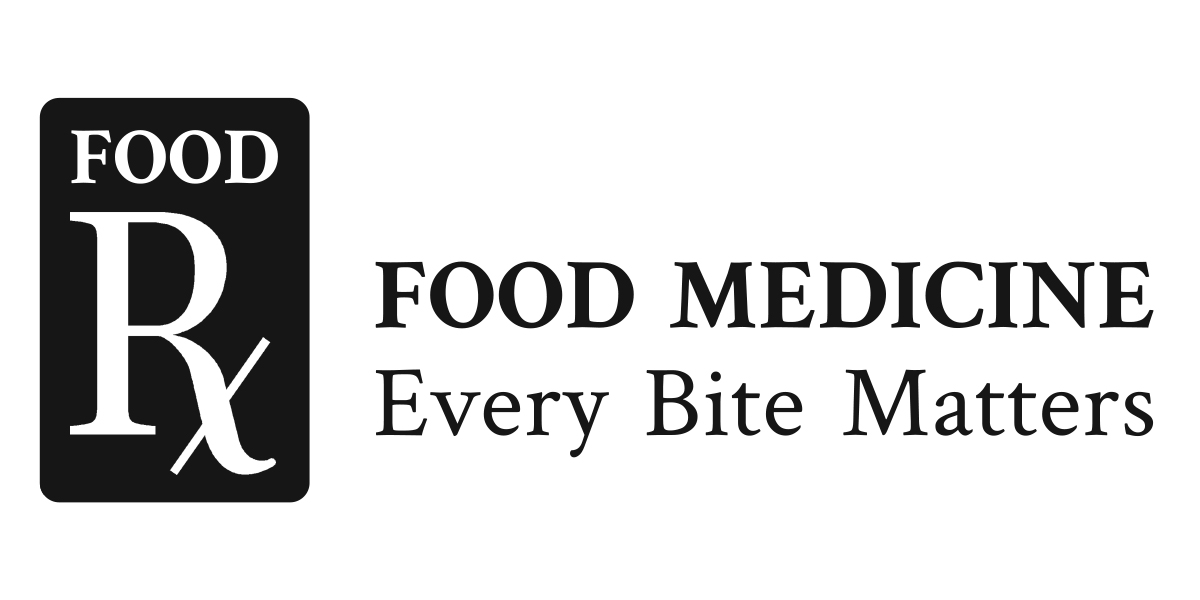Why Food Rx?
The Greek physician Hippocrates, known as the Father of Medicine, is famously quoted as saying, “Let food be thy medicine and let medicine be thy food.” Lifestyle habits, especially how we feed ourselves, continue to be the largest reasons we don’t feel well and continue to suffer from chronic diseases. Real food is powerful medicine because you are what you eat and every bite matters.
What is Food Rx?
The nourishment real food provides contains the necessary components to help heal and protect the body. The definition of food is “any substance consumed that helps to maintain life and growth.” Nourishing food specifically boosts our immune system and reduces inflammation, thus protecting us against disease. Food prescription programs exist all over the nation using actual paper prescriptions to help patients focus on a nutritional goal – like increasing fruits and vegetables or reducing intake of sugary beverages. Below you’ll see the 5 most basic food prescriptions that make the most difference. Making changes in just 1 or 2 of these areas can reduce your disease risk and help you to feel better. No special diets or special foods needed. Small changes over time can lead to the biggest differences. Learn more about the movement here: Food Rx and watch short nutrition videos by clicking the play button under Emmi Nutrition Videos.
Focus on 1 or 2 at a time (scroll to bottom for downloadable handouts)
Eat fruit daily and make half your plate veggies for at least one meal
Make half of your plate vegetables for at least one meal and eat 1-2 pieces or 1 cup of fresh or frozen fruit every day. This provides dietary fiber, vitamins, minerals and water—all which act like medicine in your body.
Choose whole grains more often
Look at ingredient lists before you purchase breads, pasta, crackers, and other grains. Try to find products that include “whole” as the very first word on that list.
Did you know that 21 whole grains exist for cooking? Things like oats, corn, brown rice and quinoa are great to mix into your meals and have the fiber, vitamins and minerals your body needs.
Eat real food snacks and gauge your hunger appropriately
Hit pause before snacking to recognize your hunger levels. Then, choose real food snacks such as fruit, cheese, nuts and quality crackers over food products with long, complicated ingredient lists. These real food snacks help to include more nourishment between meals.
Reduce added sugar
Look on the back label for “added sugar” per serving. Added sugar is any sweetener added to a product that is not naturally produced by that food. Keep your added sugars to no more than 40 g or 10 tsp per day by choosing foods with no or low sugar. Food marked “sugar-free” often contain sugar alcohols, noted by ingredients ending with “-ol” (such as sorbitol and xylitol) and can cause digestive problems.
Drink water instead of sugary drinks
Choose water or seltzer over soda or other sugary drinks to stay hydrated and reduce sugar consumption. Sugary beverages can have more than 22 tsp per can of sugar.
Learn More
Watch short nutrition videos by clicking the play button above or click on the printable handouts below to learn more about each of the Food Rx topics and Rx pad.


